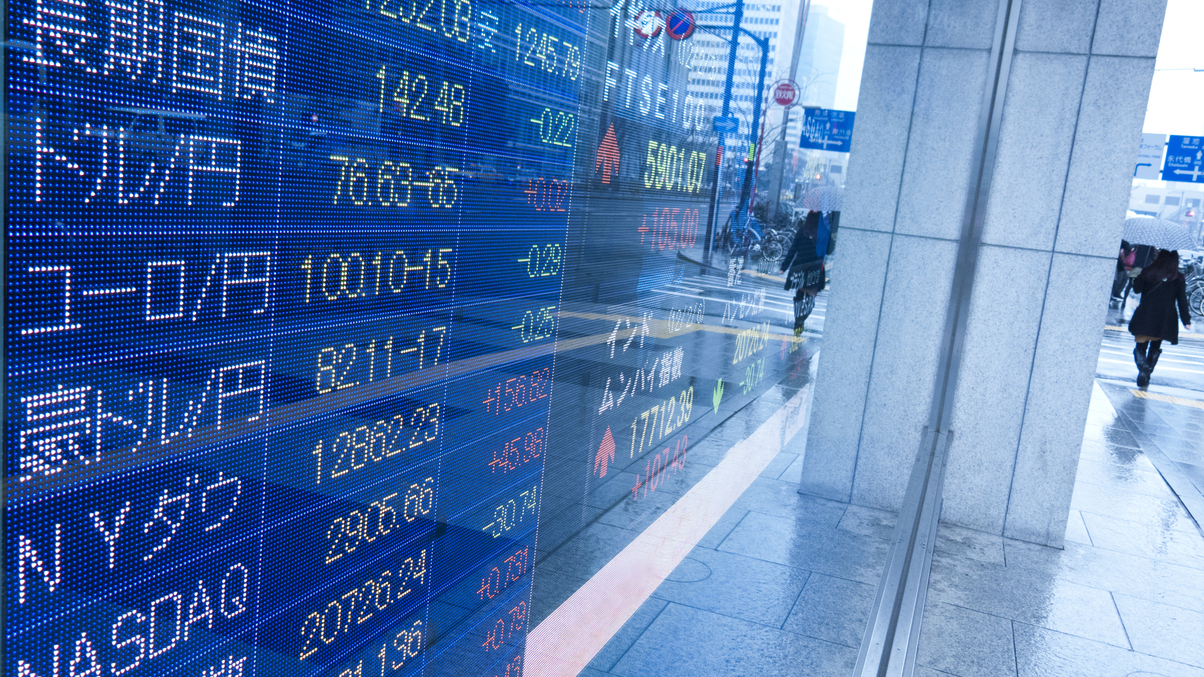Domestic bias helps Japan's Kewpie Pension Fund weather the storm
The corporate pension fund has seen a relatively good performance in 2022 so far. But the future holds a lot of challenges, its investment director tells AsianInvestor.

With a portfolio heavily allocated to domestic assets, Kewpie Pension Fund has so far weathered the worst of last year's storm in global markets.
Sign in to read on!
Registered users get 2 free articles in 30 days.
Subscribers have full unlimited access to AsianInvestor
Not signed up? New users get 2 free articles per month, plus a 7-day unlimited free trial.
¬ Haymarket Media Limited. All rights reserved.


